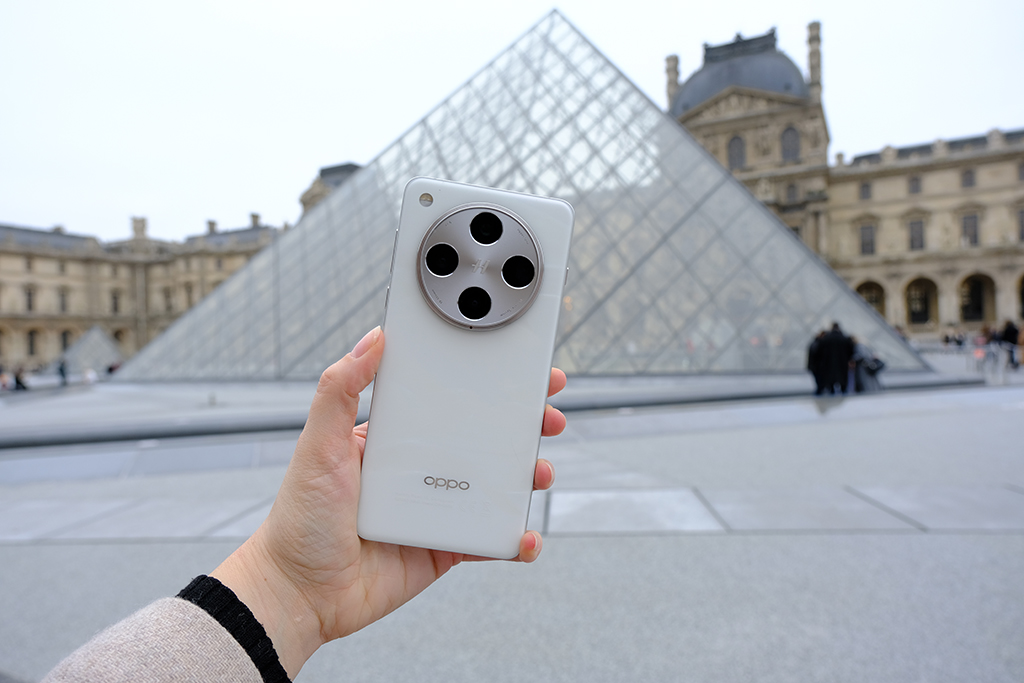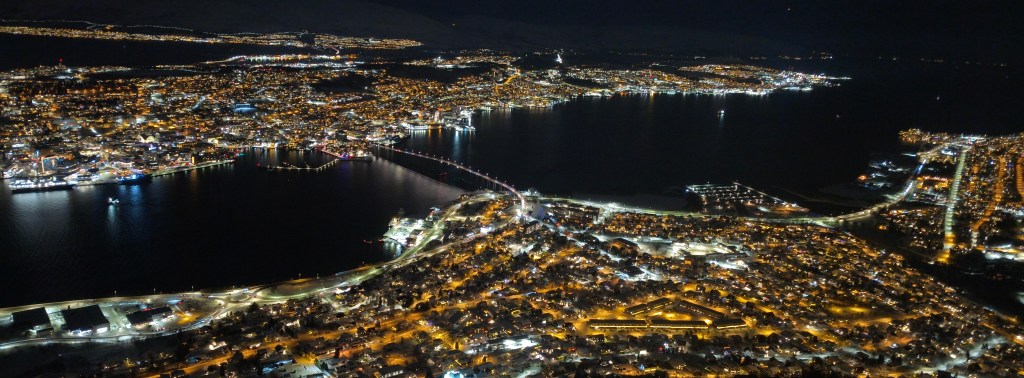If you are off on a Christmas break, or just looking forward to getting away next year, the Oppo Find X8 Pro is a very appealing Android smartphone for travel photography, reckons Geoff Harris.
I’ve recently come back from a press trip to Norway with Oppo, testing the Find X8 Pro. Although the trip was short we went to some amazing places around the very northerly town of Tromsø – the third largest urban area north of the Artic Circle.
While Tromsø is not an obvious destination in December if you suffer from Seasonal Affective Disorder – sunrise isn’t until around 9am and it’s dark by 1.30pm – the local scenery is truly spectacular.
As a curtain raiser to my colleague Amy Davies’s full review of the Oppo Find X8 Pro, I’m sharing some of my early impressions of the phone from the perspective of travel photography. Update: Amy’s review is now live.
Oppo Find X8 Pro key features at a glance
- Quad 50MP camera setup
- 50MP 15mm ultra-wide 1/2.75″, f/2.0, AF
- 50MP 23mm wide 1/1.4″, f1.6, OIS
- 50MP 73mm Periscope, 1/1.95″, f/2.6, OIS
- 50MP 135mm Periscope, 1/2.51″, f/4.3, OIS
- 4K 60fps Dolby Vision HDR video recording

XPAN excitement
The Oppo Find X8 Pro has a lot of cool features, but one that came in very handy during boat trips to the fjords and the rugged Senja island was the XPAN mode. It’s a really great tool for panoramic shots.
Basically, XPAN is a shooting mode which allows you to take quick and easy panoramic shots in the 65:24 format. Readers with a longer memory may remember that the XPan / TX-1 line of cameras emerged through a collaboration with Fujifilm and Hasselblad in the 90s, and the ‘Cinemascope’ look has been been emulated on the Oppo Find X8 Pro (Hasselblad’s Master Camera System is a key selling point of the new phone, further cementing the tie-up between two companies).
The resolution of images made with the XPAN mode is 7872×2912/ 2912x 7872 with 15mm, 23mm, 73mm and 135mm optical zoom options. The final file format is JPEG/HEIF and you can also choose to shoot in black and white (no further filters are available, however, and you can’t shoot in raw).
Anyway, as you will see from the gallery below, I found the XPAN mode to be really handy on the trip. It’s not new, first appearing on the Oppo Find X5 series, but remains a big selling point – along with actual new features, which include AI Telescope Zoom and Lightning Snap (something Amy will explore more in her full review).
XPAN is certainly quicker and less fiddly than using the Panorama mode on Android phones, especially if, like me, you find yourself on a windswept boat in sub-zero temperatures. It should generate smallish but attractive prints, too.
Oppo Find X8 Pro XPAN gallery
Note: I straightened some of these these images and slightly boosted the contrast owing to the challenging shooting conditions, but otherwise there has been no further editing.
Click on the images below to see the full resolution version.
Hasselblad Master Mode
I also get decent results with the Hasselbad Master Mode on the Oppo Find X8 Pro, which claims to add the ‘Hasselblad look’ to your images. As the name suggests, Master mode allows you to shoot in JPEG or raw, with manual control over exposure.
You can get some great results, but I did find myself wishing for a much wider choice of filters.

I also noticed the colour temperature on the Master Mode veered towards the cooler side (though I guess that was apt for Norway). Generally, though, I was pleased I had the Oppo Find X8 Pro on this year-end trip, and the phone seems another great Android choice for keen photographers.
Don’t forget to check out our guide to the best smartphones for landscape photography too.













